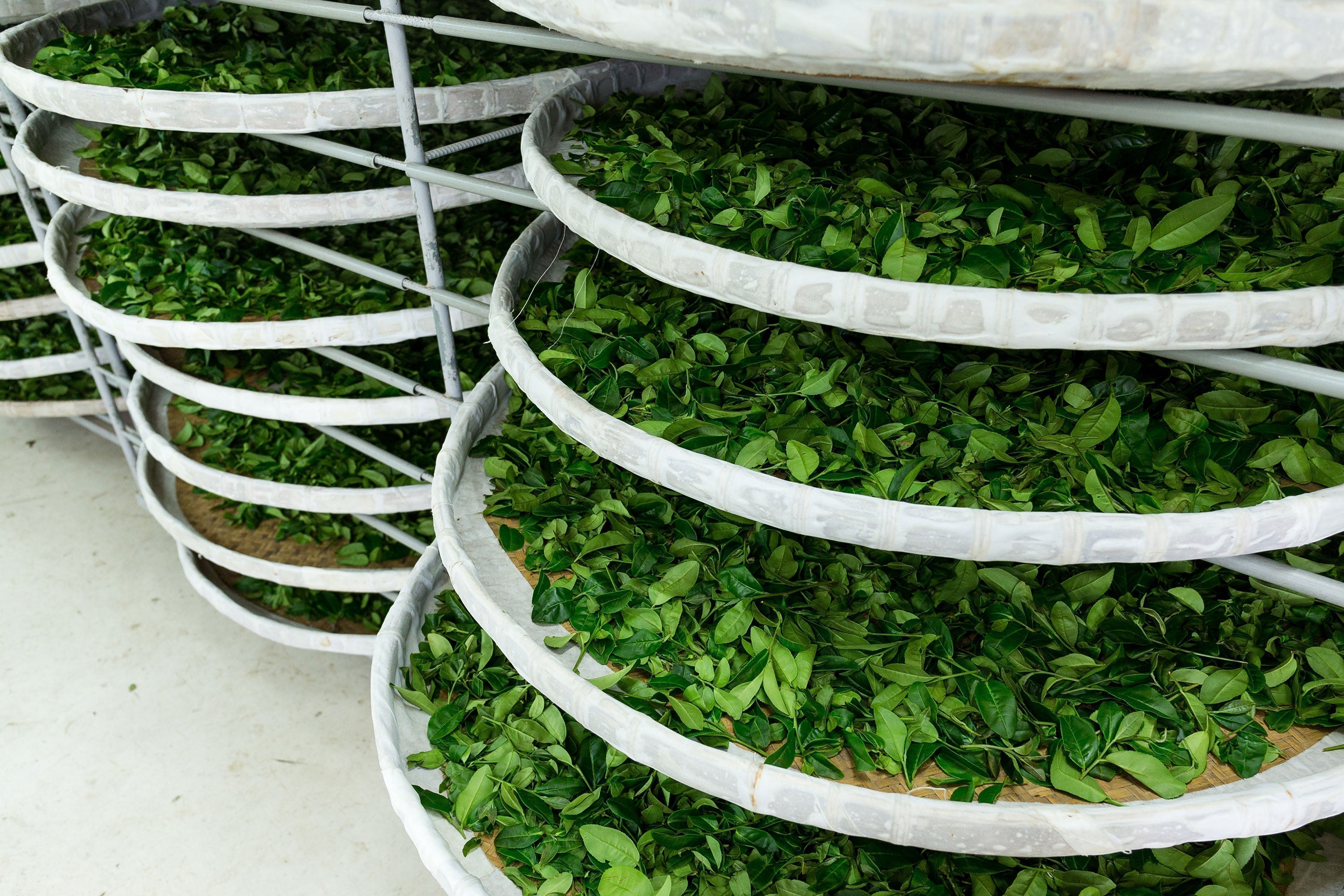Description
The term "fermentation" comes from the Latin word "fermentum," which means "to ferment." In food production, fermentation is crucial for making products like cheese, yogurt, and soy sauce. It not only extends shelf life but also affects texture and taste. To initiate the fermentation process, bacteria, fungi, or other biological cells or enzymes are added to the food. These enzymes or microorganisms convert starches and sugars into lactic acid, with lactic acid bacteria creating an acidic environment. This results in a low pH that prevents spoilage bacteria from thriving, thus preserving the food.
There is only one type of tea that undergoes fermentation: Pu-erh tea. Through the addition of microorganisms, it gains a unique degree of maturity and an unparalleled flavor profile, often described as earthy and sweet.
History
The original definition of fermentation, which described it in the absence of air, goes back to the French chemist Louis Pasteur. In the mid-19th century, fermentation was initially understood as an anaerobic process in which organisms generate energy without oxygen. Over time, the concept has evolved, especially in biotechnology. Today, fermentation includes the microbial transformation of organic matter, both with and without oxygen. It is considered an overarching term, evident in various applications.
Interesting Facts
- Fermented Pu-erh tea is notable for its ability to age like fine wine, enhancing its flavor profile with time. Some varieties are highly prized collector's items among tea enthusiasts worldwide.
- Fermentation plays a pivotal role in producing numerous foods like kimchi, tempeh, miso, and sauerkraut, as well as alcoholic beverages such as beer, wine, and whiskey.
























